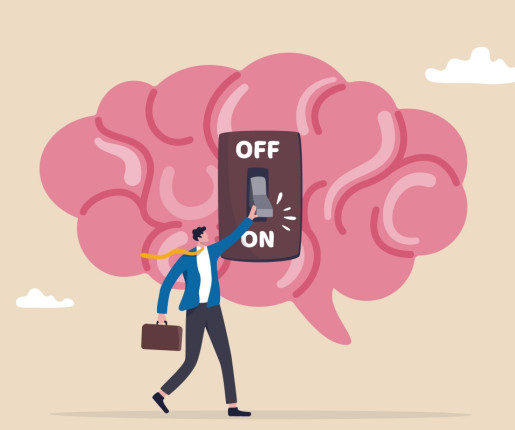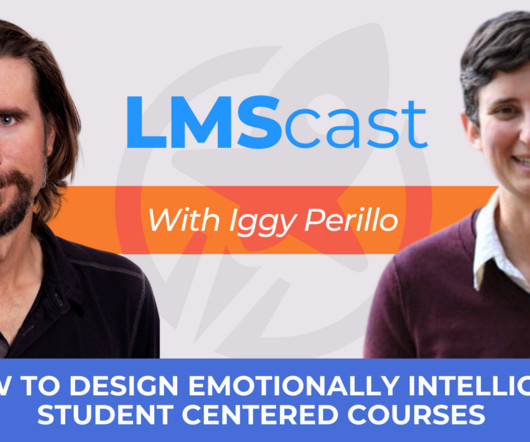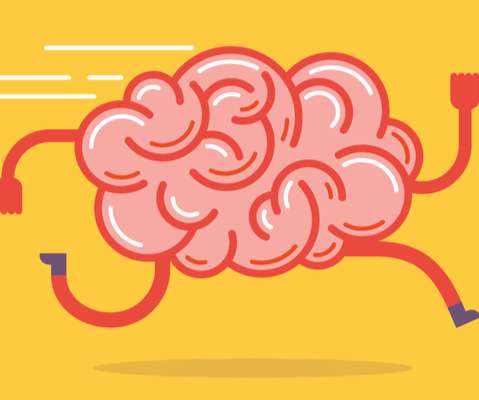Adult learning theories for instructional designers: Andragogy
Matrix
APRIL 22, 2021
While trainers have to preferably keep up with the latest developments and trends, there is a lot to be saiz about adult learning and how it applies to successful L&D interventions. In a series of articles, I will take a closer look at three modern adult learning theories that are not only relevant but highly applicable.








































Let's personalize your content